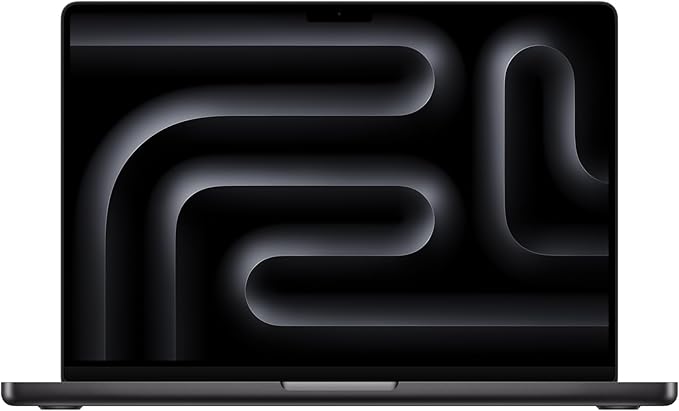Microsoft is introducing a new adaptive energy saver feature in Windows 11 to enhance battery efficiency on laptops and mobile devices.
In a bid to boost battery performance for laptop and tablet users, Microsoft has begun testing a new adaptive energy saver mode in the latest Windows 11 preview builds. Unlike the current energy saver, which kicks in only based on remaining battery life, this smart feature will intelligently adjust based on the device’s power state and workload.
The adaptive mode, currently rolling out to Windows 11 Canary Channel testers, will automatically toggle energy-saving functions without reducing screen brightness—ensuring a seamless experience for users.
Traditionally, Windows 11’s energy saver dims the screen by 30%, disables visual transparency, halts non-critical background activity, and limits app syncs such as OneDrive and OneNote. But this new adaptive setting aims to apply those optimizations more intelligently, without disrupting user experience.
According to the Windows Insider team, adaptive energy saver is opt-in and exclusive to devices with a built-in battery—meaning desktops won’t benefit from this version. However, Microsoft notes that its original energy saver mode, introduced last year, remains available on all devices, including desktops, to reduce electricity consumption.
The adaptive mode is expected to launch to all Windows 11 users later this year after the testing phase concludes.











